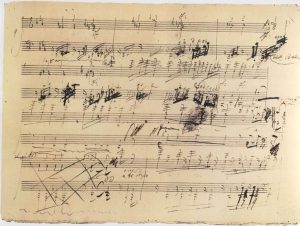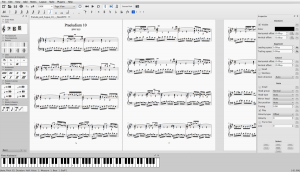https://www.instagram.com/extraweg/
Posted by The Content Zone on Saturday, September 9, 2017
Here is a link to a video that continuously amazes me. It’s some sort of exercise in computational animation and the physics associated with realistic movement. It deals with smearing animation, bulging, puckering, and stretched texture. There’s something wildly unsettling about this video (probably the eyes), but I love it and I have no idea how people made this happen. Partially, animation has always astounded me because EVERYTHING has to be created from scratch.
Imagine the person who had to program the marmalade man spreading himself all over a piece of toast? What goes through their mind?
Josh
![[OLD FALL 2017] 15-104 • Introduction to Computing for Creative Practice](../../../../wp-content/uploads/2020/08/stop-banner.png)



